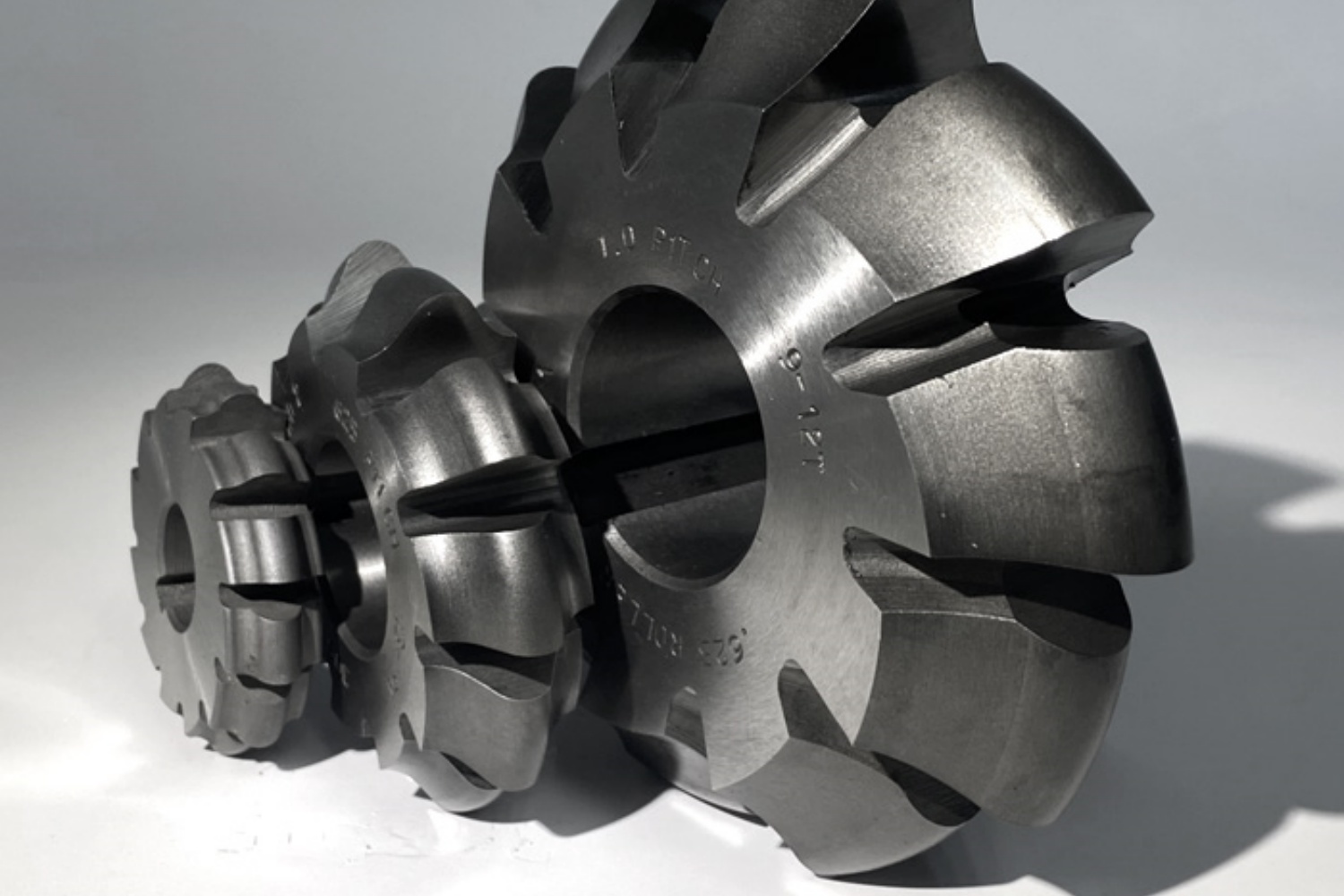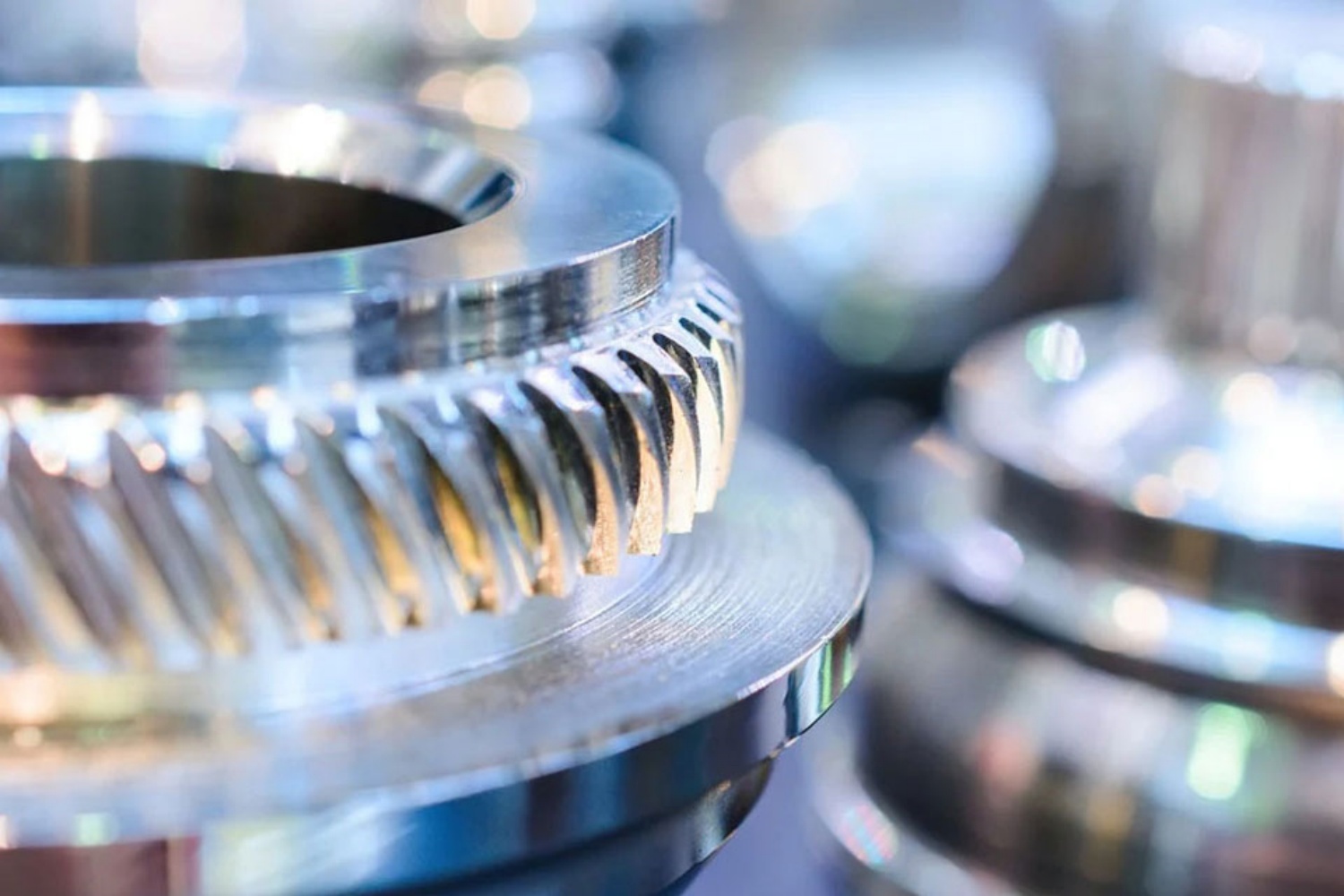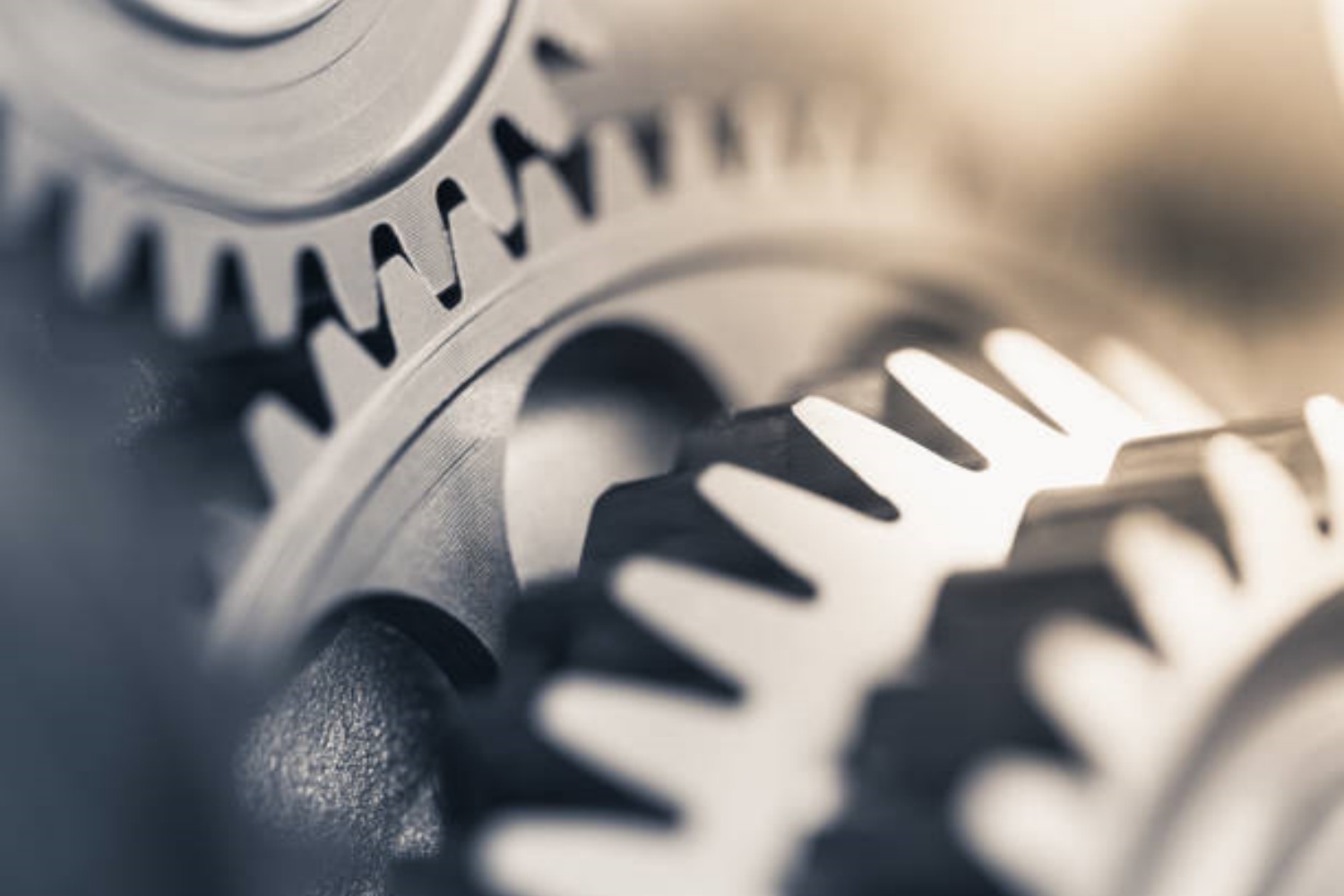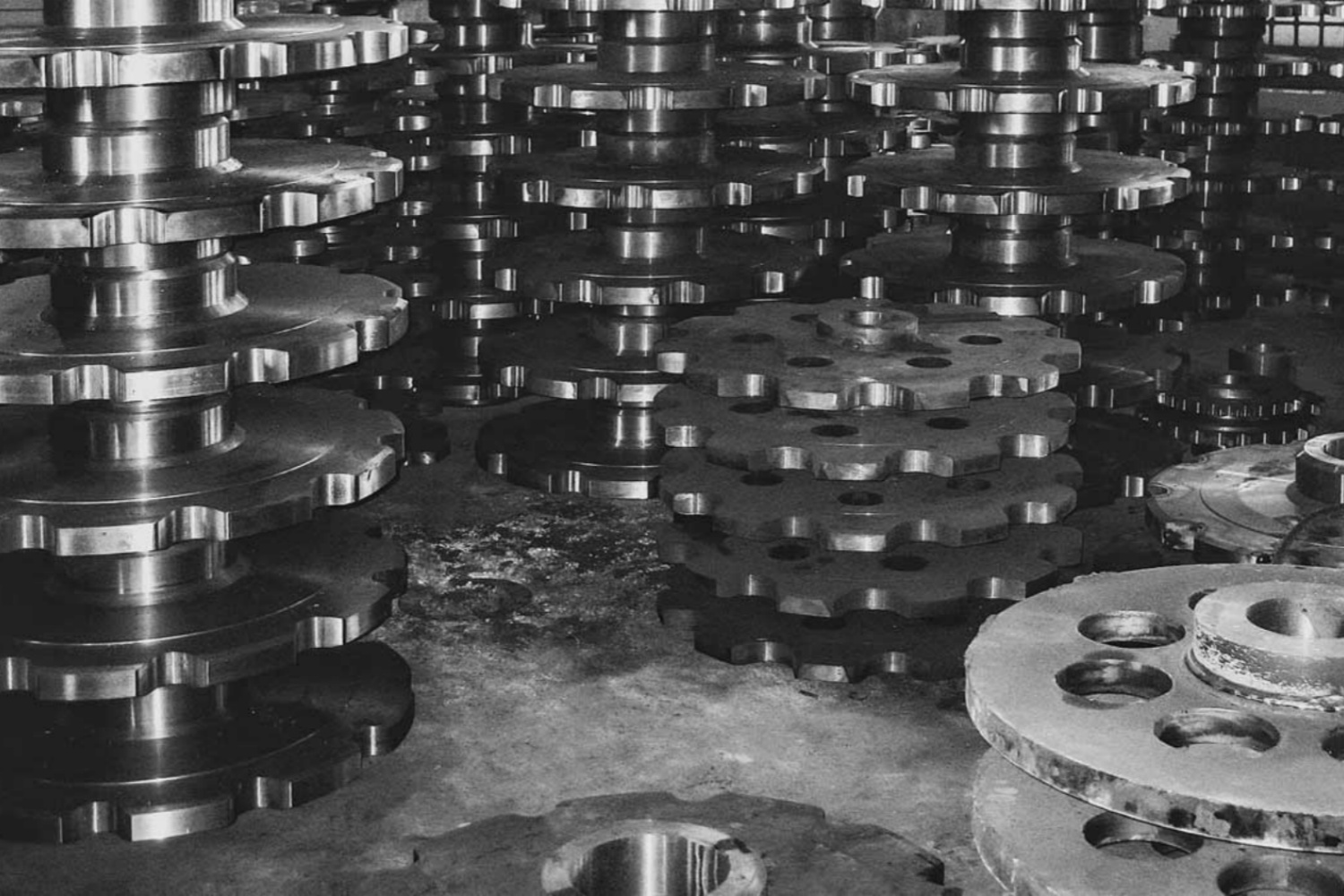Splines play a critical role in mechanical power transmission systems, enabling rotational motion and torque transfer between mating components. These highly versatile mechanical elements are commonly used in applications such as automotive drivetrains, aerospace mechanisms, and industrial machinery. The design and fabrication of splines can vary significantly, and understanding the different types and processing methods is essential for optimizing performance and durability.
Various types of splines, their primary uses, and the common processing methods employed to manufacture them are key to selecting the right spline for your application. Additionally, several critical factors must be considered to ensure the chosen spline meets the specific demands of your mechanical system.
What Are Splines?
Splines are mechanical components used to transfer torque between shafts and other rotating parts. Typically, splines feature a series of grooves or teeth that fit into matching grooves or teeth on another part. This interlocking design helps to prevent slippage and ensures efficient power transmission.
Types of Splines
Splines come in a variety of shapes and designs, each with specific advantages for different applications. Below are the most common types:
- Parallel Key Splines
These are the most basic form of spline, often used for low torque applications. They have parallel grooves cut along the shaft. - Involute Splines
Involute splines are designed with teeth that gradually curve, providing a more efficient engagement. These are used in high-performance applications requiring high torque transfer. - Crowned Splines
These splines feature a curved tooth profile that is ideal for high-load conditions and compensates for misalignment. - Formed Splines
This type of spline has a series of precisely formed teeth, commonly used for transmitting high torque in automotive and machinery parts. - Serrated Splines
Serrated splines are used in applications where additional grip and resistance to wear are needed. These are often seen in gearboxes and heavy-duty equipment.
Common Processing Methods of Splines
The manufacturing process for splines involves several techniques depending on the type of spline and the material requirements. The following are the most common processing methods:
| Processing Method | Description | Used For |
| Hobbing | A cutting tool (hob) is used to form spline teeth through rotary motion. | Mass production of standard splines and gears. |
| Broaching | A broach tool is used to cut the spline teeth in one pass, ensuring high precision. | High-precision splines for automotive and aerospace. |
| Shaping | A machine tool with a cutter that moves in a reciprocating motion to create spline teeth. | Used for larger splines and less frequent applications. |
| Milling | A milling cutter is used to remove material and form the spline teeth. | Often used for small-batch or custom spline production. |
| Rolling | This cold-forming process involves pressing the material between rollers to form spline teeth. | Ideal for creating splines with smooth surfaces and tight tolerances. |
| Casting | Splines are cast into the desired shape and then machined to precise dimensions. | Suitable for large, intricate parts with complex spline geometry. |
| Grinding | Used to refine the spline teeth to a high surface finish and precision. | Ensures the tightest tolerances and smooth surfaces in precision applications. |
Choosing the Right Spline for Your Application
Selecting the appropriate spline for a given application requires a deep understanding of the system’s operational conditions. Here are some factors to consider when choosing a spline:
- Torque Requirements: Depending on the amount of torque that needs to be transferred, different spline types (involute, serrated, or crowned) will be more suitable. For high-torque applications, involute and crowned splines are often recommended.
- Load Conditions: In situations where alignment may vary, crowned splines are an excellent choice as they allow for better compensation for misalignments.
- Manufacturing Considerations: Depending on the volume of production and complexity of the design, the processing method used will differ. For example, hobbing and broaching are ideal for large-scale manufacturing, while milling and grinding are better suited for custom or small-batch production.
- Material Compatibility: The choice of material for the spline is just as important as its design. Depending on whether the application involves heavy loads or high-speed rotation, materials such as steel, stainless steel, or even high-performance alloys may be chosen.
Splines are an integral component in many mechanical systems, ensuring smooth and efficient power transmission. By understanding the different types of splines and the methods used to manufacture them, you can make better decisions regarding the design and selection of these crucial parts.
Whether you need precision-engineered splines for aerospace applications or durable splines for heavy-duty machinery, the right choice of spline type and processing method will ensure your system operates at peak performance. Always consider the torque, load conditions, and material compatibility when making your decision.
If you’re in need of custom splines or other specialized gear components, consulting with a trusted supplier or manufacturer can help you choose the optimal solution for your specific needs.
CONTINUE READING
Related Posts
In mechanical drives, gears are essential for transmitting motion, power, and torque across various applications. Two of the most commonly […]
In the world of industrial machinery, efficiency, precision, and reliability are essential. A key component in achieving these goals is […]
In the world of industrial engineering, precision and innovation are essential to staying competitive and meeting the ever-growing demands of […]






